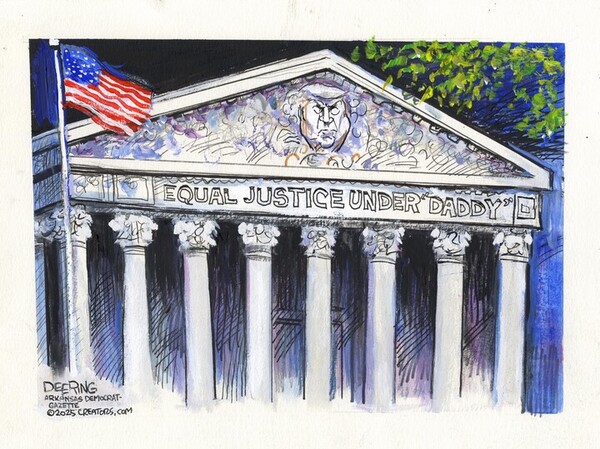
June 2025: A Roundup of Political Cartoons from Across North America
June 2025 saw a flurry of political cartoons addressing key events and issues. From Canada’s Bill C-5 to commentary on Elon Musk’s White House visit and the state of U.S. healthcare, cartoonists offered sharp commentary and satirical takes on the month’s headlines.
Canada’s Bill C-5: A Divided Nation?
Graeme MacKay’s cartoon in The Hamilton Spectator for June 28th, 2025, focuses on the controversial Bill C-5. The cartoon likely depicts the differing opinions within Canada regarding the bill, highlighting the tension between celebration in some parts of the country and criticism in others, particularly in Ontario. The cartoon uses visual metaphor to illustrate the political climate surrounding this legislation, likely contrasting celebratory imagery with expressions of concern or disapproval. The piece serves as a visual commentary on the complexities and divisions surrounding the bill’s introduction.
MacKay’s depiction likely highlights the complexities of Canadian politics, where regional differences and political ideologies clash. The cartoon’s imagery likely captures the essence of the debate, prompting viewers to consider the various perspectives surrounding Bill C-5. The use of visual symbolism in political cartoons is a powerful tool for conveying complex messages succinctly and memorably. The cartoon’s impact likely extends beyond simply representing the debate; it may serve to inspire further discussion and reflection on the bill’s implications.
The timing of the cartoon—published on June 28th—is significant, coinciding with Canada Day celebrations. This suggests a commentary on the juxtaposition of national pride with the ongoing political debate. The cartoonist likely aimed to use this juxtaposition to highlight the complexities of Canadian identity and the tensions within the national narrative.
U.S. Healthcare: A Monopoly on Care?
A June 29th, 2025 cartoon, possibly from Matt Wuerker or another prominent cartoonist, uses the Monopoly Man as a visual metaphor for the state of U.S. healthcare. The image likely depicts the Monopoly Man controlling or manipulating various aspects of the healthcare system, symbolizing the perceived dominance of large corporations or insurance companies and their impact on healthcare access and affordability. This satirical approach uses a well-known symbol to highlight the frustrations many Americans feel about the current healthcare system.
The cartoon likely uses the visual language of Monopoly to represent the perceived unfairness and imbalance within the U.S. healthcare system. The Monopoly Man, a symbol of greed and control, becomes a powerful visual metaphor for the forces perceived to be driving up costs and limiting access to care. The contrast between the playful nature of the board game and the serious issue of healthcare underscores the cartoon’s satirical intent.
Such cartoons often serve as a commentary on the influence of money and power in shaping healthcare policies and practices. The use of satire allows the cartoonist to express criticism of the system while engaging viewers with a visually compelling and memorable image. The visual metaphor is easily understood, even by those unfamiliar with the intricacies of healthcare policy, making it an effective tool for raising awareness and stimulating discussion.
Elon Musk and the White House: A Satirical Take
Editorial cartoons from early June 2025 likely addressed Elon Musk’s visit to the White House. Cartoonists likely used visual humor and satire to comment on the meeting’s significance and implications. The cartoons’ style and message likely varied, reflecting the diversity of opinion on Musk’s influence and the political climate. The cartoons may have used visual metaphors or exaggerated depictions to convey their message. Some cartoonists might have focused on Musk’s business practices or his political views, while others might have focused on the broader context of technology and politics.
The choice of visual elements and style would have been crucial in conveying the cartoonist’s message effectively. Exaggeration, symbolism, and caricature are common tools used in political cartoons to create a humorous and thought-provoking effect. The visual depiction of Musk and his interactions with the White House would have played a significant role in shaping the overall interpretation of the cartoon.
The timing of the cartoons in relation to the actual event would also be a factor in their interpretation. Cartoons published immediately after the event might reflect immediate reactions and interpretations, while those published later might offer more nuanced or retrospective perspectives. The cartoons likely stimulated discussion and debate on the event’s significance and its implications for the future.
Key Takeaways
- June 2025 political cartoons reflected diverse perspectives on key issues.
- Canadian Bill C-5 and its reception were depicted through contrasting imagery.
- U.S. healthcare was satirized using the Monopoly Man as a symbol of corporate control.
- Elon Musk’s White House visit was a frequent subject, with varied interpretations.
- Political cartoons use visual metaphors and satire to engage viewers and spark discussion.
